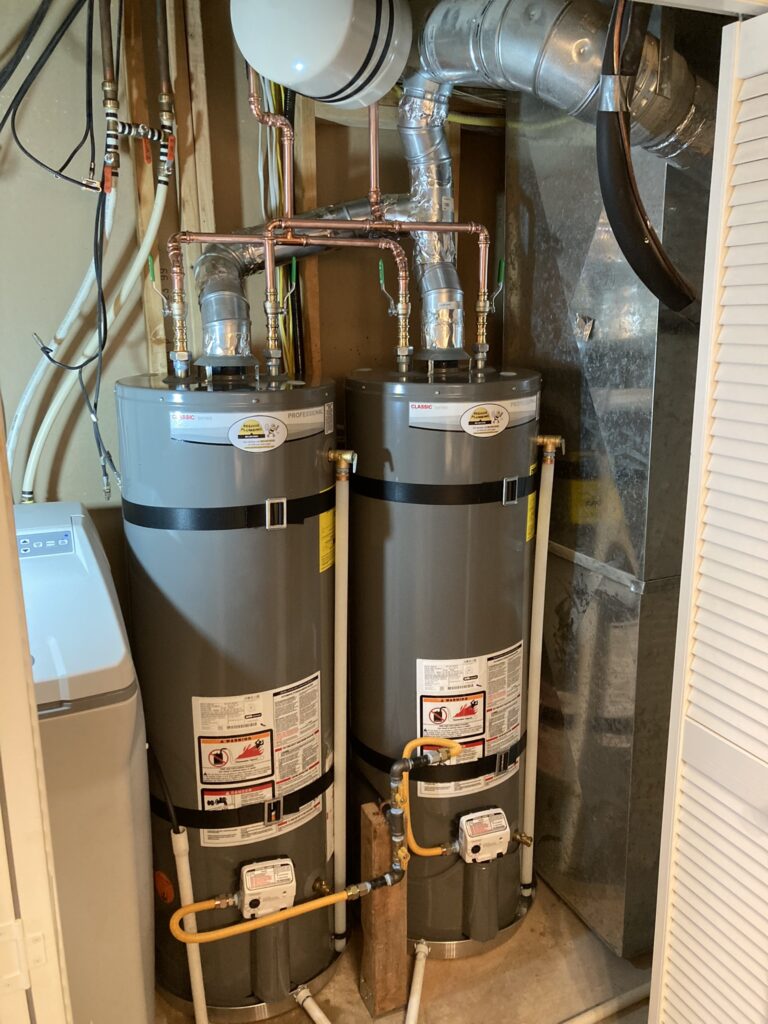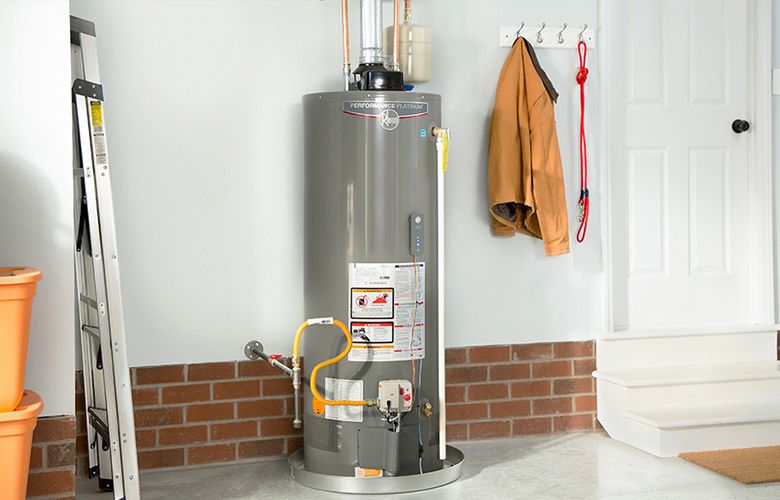Do It Yourself Water Heating System Installation: Necessary Steps for Success
When thinking about a do it yourself water heating system installation, it is essential to approach the task with a methodical frame of mind, as the process includes a number of crucial steps that can dramatically affect both safety and efficiency. Choosing the ideal water heater for your certain demands is just the beginning; preparing the installment location and recognizing the required tools and products are similarly essential. As we explore the organized technique to setup, it ends up being obvious that overlooking any type of detail could cause complications down the line. Are you prepared to browse the ins and outs of this home renovation task?
Picking the Right Water Heating Unit
When choosing a hot water heater, it is vital to take into consideration several essential elements to make certain optimal efficiency and effectiveness - water heater installation Brea. Review the kind of water heating system that best fits your needs. Options include tankless, storage container, and heatpump water heating units, each offering distinct benefits in regards to energy performance and area demands
Following, analyze the capacity required for your home. A bigger family might need a system with a better gallon ability or a tankless system that can supply continuous warm water. It's additionally vital to take into consideration the energy source; usual options consist of electrical, gas, and propane. Each power type has effects for installment costs and long-lasting power costs.
Power performance is another important aspect. Seek systems with a high Power Variable (EF) ranking, as these versions take in less power and can substantially decrease utility expenses. Furthermore, check for warranties and brand name integrity, as these can show the long life and upkeep demands of the device. By very carefully evaluating these aspects, you can choose a water heater that lines up with your house's certain requirements, ensuring comfort and effectiveness for many years to come.
Tools and Materials Needed
Successfully setting up a water heater calls for not just the ideal choice of system however likewise the appropriate tools and materials. Prior to starting your DIY project, ensure you have a thorough list of items to assist in a smooth installment process.
Crucial tools include a pipeline wrench, adjustable pliers, and a screwdriver set (both flathead and Phillips), which will certainly aid you manage various fittings and connections. Furthermore, a drill with proper little bits is required for placing brackets or making any type of needed openings. For safety, a voltage tester is vital, specifically when managing electrical hot water heater.
You will also need an adaptable water supply line, which can be either braided stainless steel or PVC, depending on your preferences and regional codes. By gathering these materials and devices in advance, you established the stage for a successful water heating system installment.
Preparing for Setup
Before beginning the installation of your water heating system, it is critical to evaluate the installation site to guarantee it satisfies all essential needs. Start by confirming that the area is well-ventilated, particularly for gas hot water heater, to prevent the build-up of unsafe gases. Examine for the availability of necessary links, consisting of water lines and electric outlets, guaranteeing they are in excellent condition and effectively located.

This proactive method not only makes sure conformity with neighborhood building codes however likewise boosts the click this link durability and effectiveness of the water heating unit. Correct preparation sets the stage for a smooth setup process and helps protect against unforeseen concerns.
Step-by-Step Installment Refine
With the prep work full and all essential assessments carried out, the following phase involves the detailed installation of your water heating system. For tank-type water heaters, attach the chilly water supply line to the inlet, usually noted in blue, and the warm water line to the outlet, generally designated in red.
Next, secure the temperature level and pressure relief shutoff, which is vital for safety and security. Affix the discharge pipe to this valve, guiding it in the direction of the flooring or a suitable drain area. For electric designs, attach the power supply by stripping the wires and safeguarding them to the heating system's terminals according to the supplier's instructions.
If you are setting up a gas water heating unit, ensure the gas line is connected correctly and check for leaks utilizing a soap service. After all links are made, fill up the tank with water prior to switching on the power or gas supply. Ultimately, allow the water heater to reach the wanted temperature level and look for any leakages around all connections.
Ensuring Safety And Security and Efficiency
Routinely making certain safety and security and performance during the installation and operation of your water heating system is critical for optimal efficiency and longevity. Begin by choosing an ideal area that conforms with local building regulations and supplies adequate ventilation. Ensure that the area is without combustible materials and has enough click resources room for upkeep and examinations.

After installment, conduct routine look at the system to find leaks, rust, or unusual sounds. Establish the thermostat to a safe temperature, normally around 120 ° F, to stop scalding and improve energy effectiveness. Protect pipelines to reduce warmth loss, which adds to reduce energy expenses.
Final Thought
In conclusion, effective Do it yourself water heating system setup pivots on careful planning and implementation. Choosing the suitable water heater, preparing the installment area, and complying with a systematic installment procedure are crucial actions.
When considering a DIY water heating unit setup, it is important to approach the job with a methodical frame of mind, as the process includes numerous crucial actions that can significantly impact both security and effectiveness.Before starting the installation of your water heating unit, it is important to assess the setup website to guarantee it satisfies all needed demands. For tank-type water heaters, attach the chilly water supply line to the inlet, commonly noted in blue, and the warm water line to the outlet, normally assigned in red.Frequently making sure safety and effectiveness during the installment and operation of your water heating unit is vital for optimum performance and longevity. Picking the suitable water heating system, preparing the click this site installment area, and complying with a systematic installation procedure are vital steps.